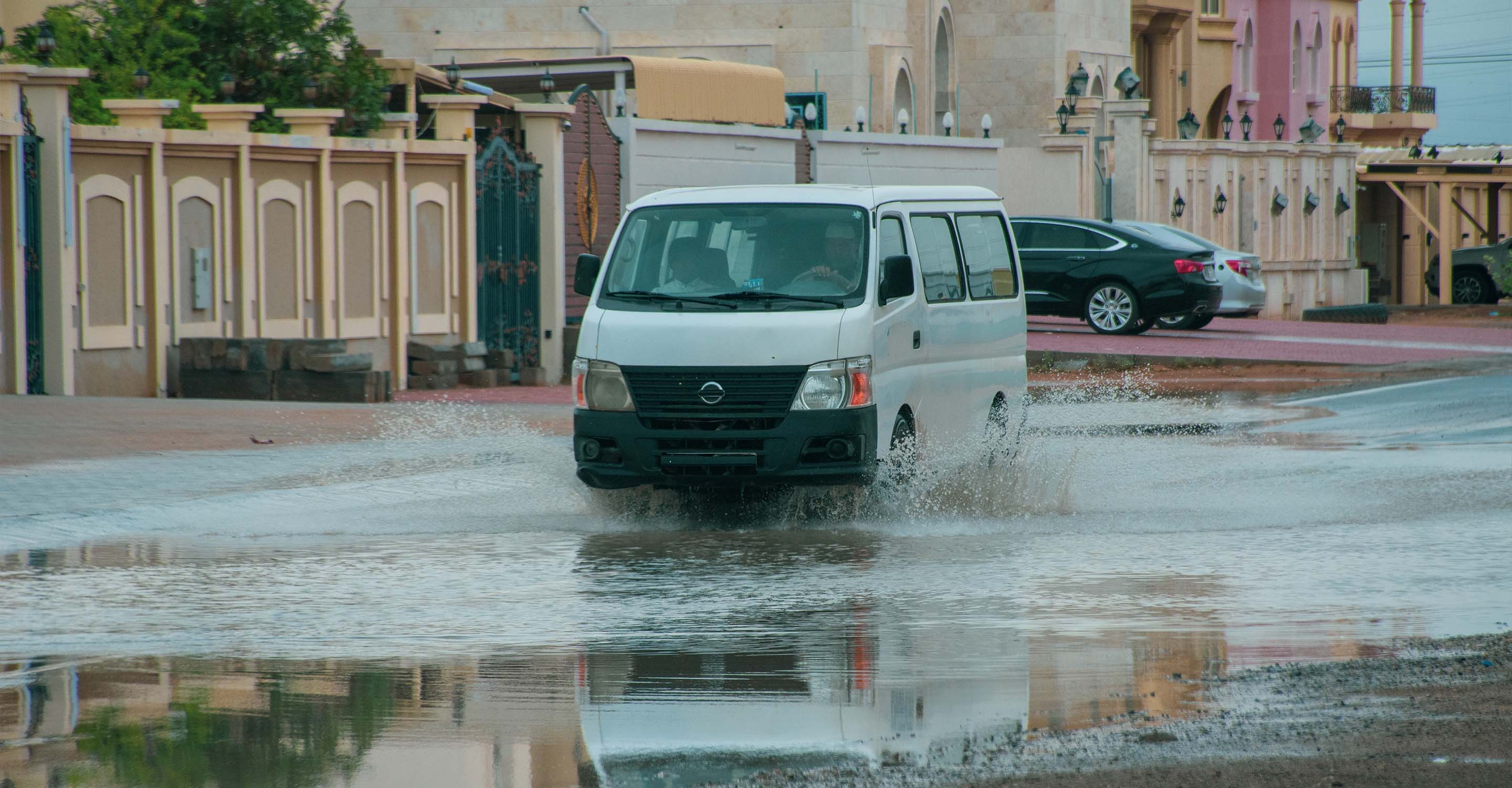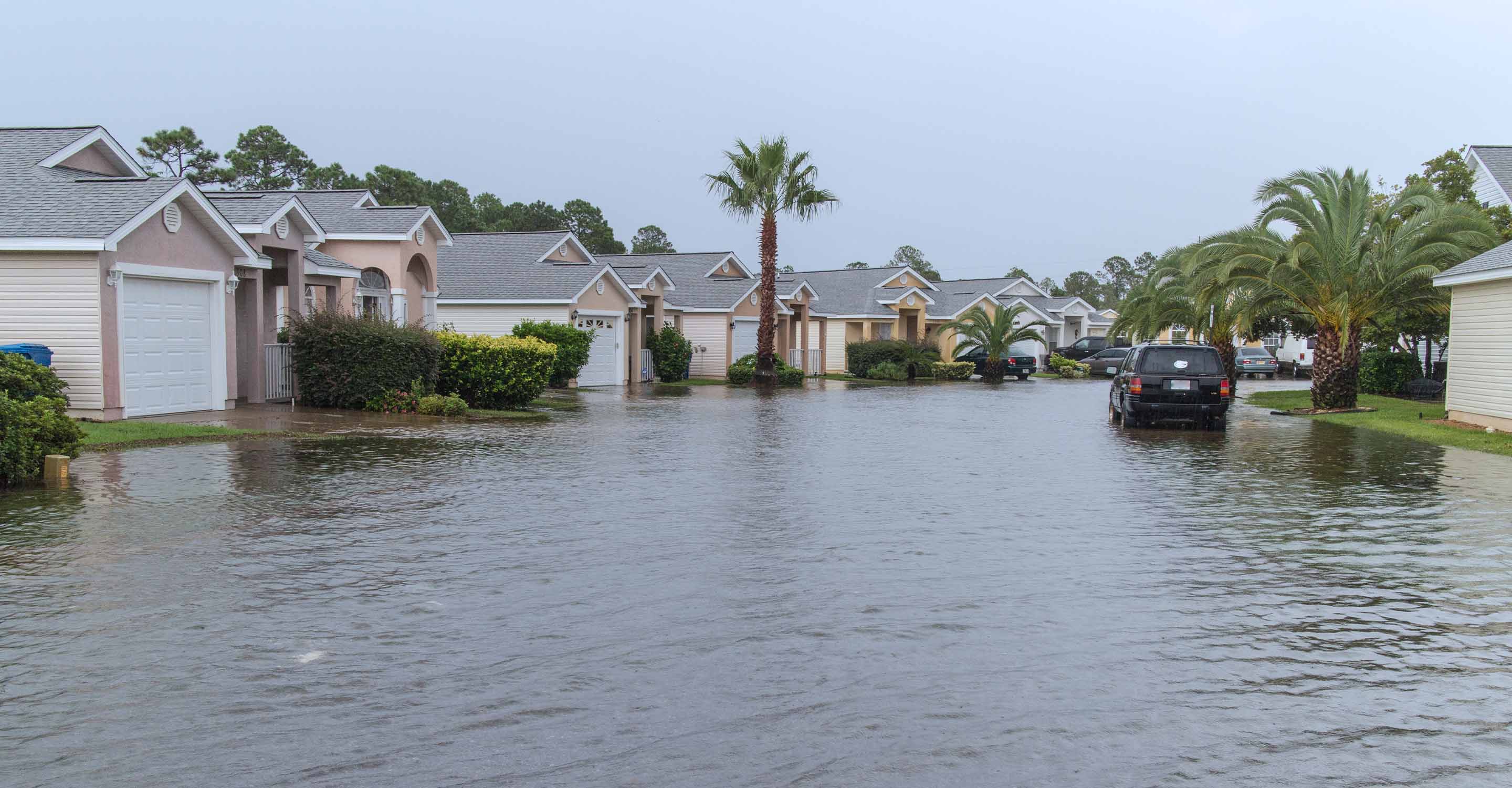Incheon air quality map
Live air pollution map of Incheon
21.9K people follow this city
Full screen
Contributors
2
Stations
26
Contributors category
2
Government
0
Non-profit organization
0
Educational
0
Corporate
0
Individual
0
Anonymous
Health Recommendations
| Sensitive groups should reduce outdoor exercise | |
| Close your windows to avoid dirty outdoor air GET A MONITOR | |
| Sensitive groups should wear a mask outdoors GET A MASK | |
| Sensitive groups should run an air purifier GET AN AIR PURIFIER |
community highlight
Incheon most followed contributors
Become a contributor
Get an AirVisual Outdoor and contribute to collecting millions of data points for the Incheon map to track local air pollution
Understand air pollution and protect yourself
Incheon MAP AIR QUALITY ANALYSIS AND STATISTICS
What information can be found on the air pollution map for Incheon?
The air quality map for Incheon is readily accessible from the main city page by selecting the area on the map and clicking on it to expand it.
At first glance, the map may appear very confusing as it shows many coloured circles with numbers on them. The overall background colour of the map is also noticeable. In July 2022, this was a greenish/yellow colour which would indicate “Moderate” air quality. The full meaning of the various colours can be seen in the legend at the foot of the screen. They vary from pale green to dark maroon. The darker the colour, the worse the air quality.
The sheer number of coloured discs may look very confusing until the map is expanded which will begin to separate the discs so they are more easily seen. If an individual disc is selected, an entirely new page will open which is dedicated to that particular area and its environs.
The viewer will also see a number on each of these discs. This is the US AQI reading which is an internationally recognised metric which is recommended by the World Health Organisation (WHO). This figure is calculated by taking the readings from six of the most prolific pollutants and can then be used in comparison with other cities across the globe.
Beneath the map is given the number of stations within the area that provide all the data with regards to air quality. There are currently 21 stations providing such data in Incheon which are provided and operated by the government.
Briefly looking back at the main city page, it can be seen that Incheon was experiencing a period of “Moderate” air quality with a US AQI reading of 64. The main pollutant was recorded as being PM2.5 with a figure of 18.5µg/m³. At this level, it is currently over three and a half times the recommended level of 5 µg/m³ as suggested by the WHO.
Can any other information be gathered from the air pollution map for Incheon?
The air quality map for Incheon is readily accessible from the main city page merely by selecting the wording on the map will open that page. When the page is viewed in full-screen mode, a list of four options will be seen on the left-hand side of the page. These choices can be toggled on or off, as desired.
The first choice indicates the position of the ground-level air monitoring stations which are represented by the various coloured discs. The second choice shows the position of any wildfires burning in the vicinity. This is particularly useful when option four is considered as well. Option four shows the wind direction which can be a good indication as to whether or not the city will be affected by the ensuing smoke. In early August 2022, there was a fire very close to the city at a distance of only 1.5 kilometres away but the wind was blowing away from the city so it was not affected too badly.
The third choice is the most dramatic as it can change the background colour of the entire map. The background colour reflects the overall air quality across the entire region, and beyond. Currently, the colour was a dark greenish colour which would indicate “Good” to “Moderate” air quality. This feature can be turned off if the map colour leads to confusion.
Across on the right-hand side of the page is a table which ranks the world cities according to their cleanliness. Some cities may appear as a surprise as they are not normally considered to be dirty cities. The table can be very useful when comparing your home city with others.
Are areas of high pollution clearly marked on the air pollution map for Incheon?
By looking at the colour of the discs, it can be relatively easy to see the areas of higher pollution as those discs will carry a darker colour. Currently, most of the discs are green with just a few yellow ones which indicate dirtier conditions than the green ones.
Alternatively, just below the air pollution map for Incheon is a list of all the stations with the most polluting ones at the top. Currently, this is at the Songnim station which is showing a US AQI reading of 70 which classifies it as being “Moderate”.
Further down the page, the stations are listed according to their popularity. Currently the most popular station is at Unseo which has over 192,000 followers.
Can the source of air pollution be seen on the air quality map for Incheon?
The source of air pollution is not normally included on the air quality map for Incheon. It is believed that most of the fine dust contamination is blown in from China’s industrial areas and thermal power plants. It is an estimation that this accounts for approximately 60 per cent of Incheon’s polluted air.
Although the Chinese influence is large, almost half of the fine dust pollution is due to domestic sources. In particular, experts point out that in rural cities that are more polluted than Seoul, it is largely attributable to illegal open-air incineration or small-scale factories that use poor-quality fuel.
PM2.5 is often used as a benchmark when studying levels of air pollution, but what is it and where does it come from?
Fine dust is divided into ultrafine dust (PM2.5) and fine dust (PM10). Ultrafine dust (PM2.5) is dust with a diameter of 2.5 microns or less, and fine dust (PM10) is dust with a diameter of 10 microns or less. Generally, when compared to the thickness of a human hair, ultrafine dust (PM2.5) is 1/20 to 1/30, and fine dust (PM10) is 1/6 to 1/7.
When fine dust is inhaled, it cannot be filtered out of the airways and mostly penetrates into the alveoli, causing heart disease and respiratory disease and increasing early mortality. It also deteriorates visibility, deposits on the leaf surface of plants, disrupts metabolism, and deposits on buildings, causing corrosion.
Fine dust is a problem because of the various heavy metals and pollutants it contains. In particular, fine dust has a diameter of less than 10 microns and is so small that it is invisible to our eyes, so it penetrates deep into the respiratory tract, causing various respiratory diseases, heart disease, and inflammatory reactions in the blood and lungs. It can cause skin irritation, cause skin troubles, and aggravate eye diseases and allergies.
Incheon air quality data attribution
2Contributors
 Korea Environment Corporation
Korea Environment Corporation26 stations
2 Government Contributors








